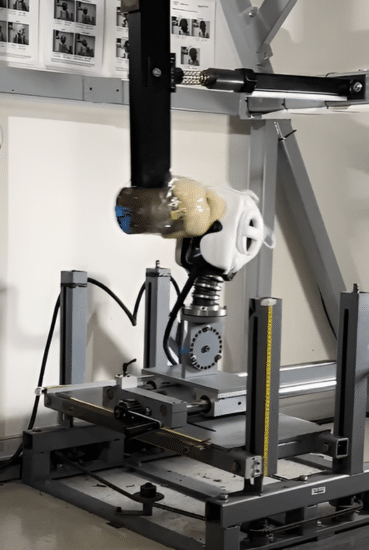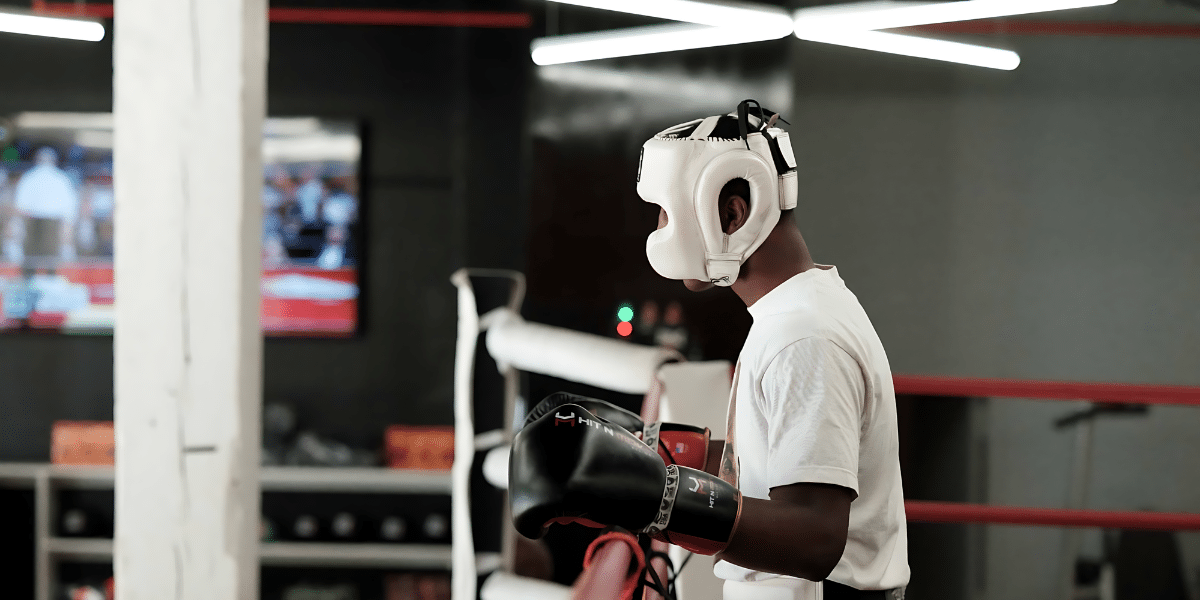By: Hit N Move
Boxing, one of the oldest combat sports, has long been revered for its raw intensity and demanding discipline. However, despite its rich history, the sport has been slow to innovate, especially regarding safety equipment. The outdated nature of boxing gear, particularly headgear, poses significant risks to athletes, highlighting an urgent need for modernization.
The Stagnation of Boxing Equipment
For decades, boxing equipment has remained largely unchanged. The training routines and protective gear have barely evolved, leaving boxers to face the same hazards that plagued fighters in the early 20th century. This stagnation is particularly evident in the design and functionality of headgear. Despite advances in sports science and technology, many boxers still rely on heavy, bulky headgear that can do more harm than good.
The Dangers of Outdated Headgear
Impaired Vision and Restricted Mobility
The bulkiness of traditional headgear severely impairs peripheral vision, making it difficult for boxers to see punches coming from the sides. This visual obstruction increases the likelihood of taking unexpected hits, as fighters are less able to anticipate and react to their opponent’s movements. Additionally, the weight and size of the gear restrict head movement, making dodging and weaving less effective. This limitation can slow down a boxer’s reflexes, leaving them more exposed during sparring sessions.
Increased Fatigue and Strain
Outdated headgear is often heavy, which contributes to increased fatigue. The extra weight strains the neck muscles, leading to quicker exhaustion and reduced performance. As boxers tire faster, their stamina wanes, diminishing the effectiveness of their punches and defensive maneuvers. This rapid onset of fatigue can be a critical disadvantage in both training and actual fights.
Compromised Technique
Wearing heavy headgear can throw off a boxer’s balance and disrupt their technique. The additional weight can alter their natural stance and movement, forcing them to adjust in ways that can create bad habits. Over time, these adjustments can lead to inaccurate muscle memory, resulting in a loose guard and improper form once the headgear is removed. The larger target area of bulky headgear also requires more exaggerated movements to avoid punches, further compromising a boxer’s natural rhythm and timing.
False Sense of Security
Bulky headgear might provide better cushioning for blows, but it also creates a false sense of security. Boxers may take risks they would otherwise avoid, believing they are better protected than they truly are. This overconfidence can lead to more aggressive behavior, harder hits, and increased vulnerability to serious injuries.

Psychological Challenges
The inconsistency in headgear types poses psychological challenges for boxers. Constantly switching between different weights and designs makes it difficult for fighters to adapt, affecting their performance and consistency during sparring. Heavier headgear slows down reaction times, making it harder to respond quickly to an opponent’s actions. Reduced head movement and increased fatigue further impair a boxer’s speed and agility, essential components of effective boxing.
Alarming Research Findings
Recent studies have revealed alarming insights into the risks associated with traditional headgear. Research suggests that heavier, bulkier headgear may increase the risk of concussions rather than mitigate it. The larger surface area of the headgear makes it easier for opponents to land punches on the head, leading to more frequent and severe impacts. The added weight contributes to greater rotational forces during impacts, a critical factor in causing concussions. Furthermore, the false sense of security provided by heavily padded headgear can lead to riskier behavior, elevating the likelihood of concussions.
Studies, including one by the International Boxing Association (AIBA), have demonstrated that removing headgear led to a 43% reduction in concussions during bouts. This finding suggests that boxers are more likely to suffer concussions when wearing headgear compared to when they are not.

The Innovation Boxing Desperately Needs
One company pioneering the change in boxing headgear is Hit N Move. Founded by Ozhan Akcakaya, Hit N Move has introduced the Air Armor Precision headgear, a groundbreaking design featuring micro-padding technology. The Air Armor Precision headgear is the lightest and slimmest cheek guard headgear available, offering scientifically proven safety and enabling faster reactions. Rigorous testing at the Virginia Test Helmet Lab has shown that the Precision Model combines lightweight form with a sleek structure, enhancing agility and freedom while maintaining protection. This commitment to innovation sets new standards in boxing safety.
Final Thoughts
Boxing’s reluctance to innovate, particularly in protective gear, has left fighters at risk. The outdated, heavy headgear commonly used today impairs vision, restricts mobility, increases fatigue, compromises technique, and creates a false sense of security. These factors collectively elevate the risk of injury, including concussions. The introduction of modern, lightweight headgear, like the Air Armor Precision by Hit N Move, represents the crucial innovation of boxing needs. By embracing such advancements, the sport can enhance safety, improve performance, and ensure the well-being of its athletes for the future.
Published by: Holy Minoza





